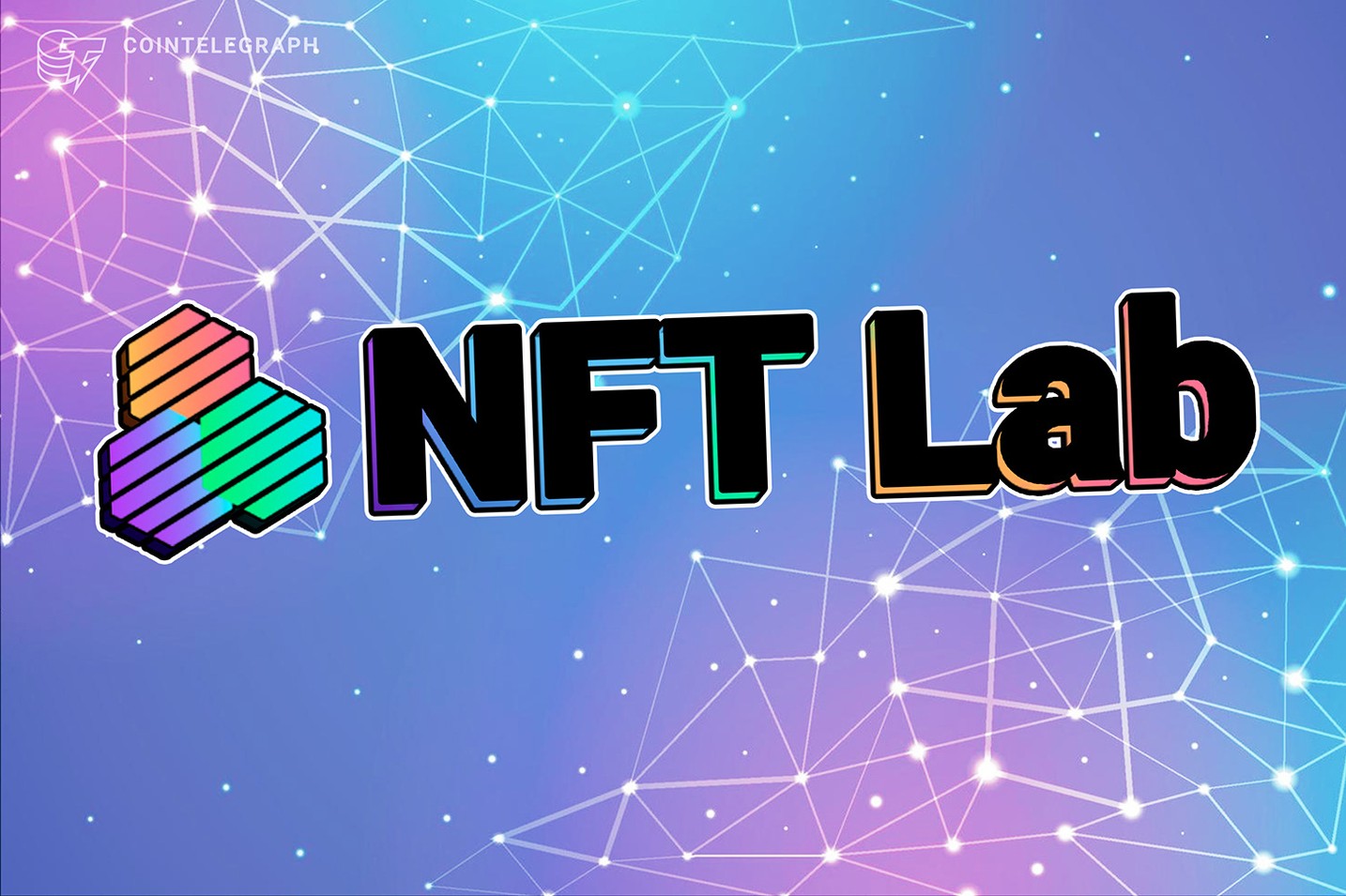This content is provided by a sponsor
Blockchain technology presents a perfect tool to revolutionize the traditional fine arts industry to the benefit of artists and collectors alike. The Invictus NFT Lab’s inaugural Out of Africa collection is blazing this trail by facilitating the sale, via the Ethereum blockchain, of a professionally-curated collection of 118 unique physical artworks from Southern Africa’s top contemporary artists.
Major social and cultural changes tend to coincide with younger generations coming into political and economic power. Often these changes are shaped or necessitated by technological development. Growing up in a period that has seen the internet and smartphones revolutionize our way of life, Millennials and Gen Z are skeptical of the value offered by many traditional institutions that have failed to adapt.
An example is the fine arts industry, where the centuries-old business model passes on significant frictions to industry participants — ultimately resulting in unfulfilled artistic potential.
A generational divide
Around the world, younger generations control just a sliver of global resources — with the Baby Boomer generation controlling over half of all U.S. wealth. This is set to change over the coming decades as wealth is passed on via inheritance.

Source: Generational Power Index Report, 2021
When we consider that:
Younger generations are familiar with ascribing value to assets for collectible value and exclusivity — as evidenced by the popularity of Pokémon cards or purely cosmetic items in online games that command real-world value.
These generations are far more comfortable with new technology, including cryptocurrencies and NFTs, than their parents.
Much of this wealth is destined to flow into digital assets.

Source: Morning Consult, 2021
Blockchain brings benefits
Up until now, the NFT industry has tapped into a niche sphere of demand for digital art and collections of generative NFT avatars, such as CryptoPunks or Bored Apes. However, adopting NFTs to serve as transferable certificates of ownership for physical fine art can unlock significant value for both artists and collectors. This is the approach we are taking with the Out of Africa collection.
The first improvement relates to cutting costs. Galleries and auction houses provide valuable services, however, these premium businesses come with high overheads that necessitate large middleman costs. These costs are often charged to both the purchaser and seller. Delivery costs (including insurance) also add to a buyers’ final price — even if the artwork is purchased as an investment, with no intention to display the art.
Blockchain provides an opportunity to aggressively drive down these costs while preserving sufficient operating margins for traditional galleries and auction houses. Secondary market sales of NFTs in the Out of Africa collection also (programmatically) levy a 10% fee. However, the distribution of this revenue is far more equitable than the current fine arts paradigm — with artists and the Out of Africa community sharing half of this revenue. This allows participating artists to enjoy royalties in a model more in line with the music industry — something incredibly exciting to the participating artists.
Additionally, the art market’s efficiency is further enhanced by broadening access to a global audience and removing the need for buyers to incur wasteful transport costs (for the Out of Africa collection, these artworks are stored securely on behalf of the NFT holder who may opt to take delivery at any point). This translates into greater demand and improved outcomes for artists.
The second addressable issue is opacity and market manipulation. With private sales dominating art transactions, and a lack of a comprehensive sales history for any given piece, it is virtually impossible to fairly evaluate an artwork’s value. Furthermore, even in public sales such as auctions, bidders' identities are often private — leaving onlookers to question the veracity of sales that catapult artists into the spotlight. Another area that NFT technology can improve upon concerns authenticity and provenance. Adopting the blockchain to track art transactions helps address each of these issues.
Marelize van Zyl, curator for the Out of Africa collection said:
“The Out of Africa Collection is made up of 118 unique NFTs. This collection is a triumph for these artists and represents some of the finest new, upcoming, and established talent.”
While it’s clear that the art world is ripe for disruption, legal frameworks are still playing catch up. The Out of Africa collection is hoping to draw attention to the benefits that NFT technology can provide outside of digital art — and hopes to kickstart an industry revolt against unfair and inefficient practices.
If you’d like to be informed of ongoing developments, sign up for the NFT Lab newsletter on our website and follow us on our social media channels. If you’d like to learn more about how the project works, including the sales process and innovative community features (including a series of 1,770 deflationary poster NFTs that you can own for free!) check out our previous Medium article or the Litepaper.
